With a timeline of at least 15 years, the Dharavi redevelopment project is not expected to bear fruit anytime soon. Neither the residents, the established businesses, nor the winning bidder, the Adani group, have any illusions of a quick transformation to the area that has evolved over a century; spanning over 250 hectares, 8.5 lakh residents and 20,000 businesses and industries. But change is very much on its way.
The Maharashtra government aims to get this long-promised project started in 6 months.
The race to kickstart the redevelopment has been on, however, ever since September last year, when the government floated the latest tender for the redevelopment. The Adani group won the bid with the promise of an initial investment of Rs 5,069 crore. In the following month of December, the Maharashtra cabinet stamped its approval, laying the bones of the previous unsuccessful tendering attempt to rest.
Pending a letter of award from the government, the path for Dharavi’s redevelopment is clear.
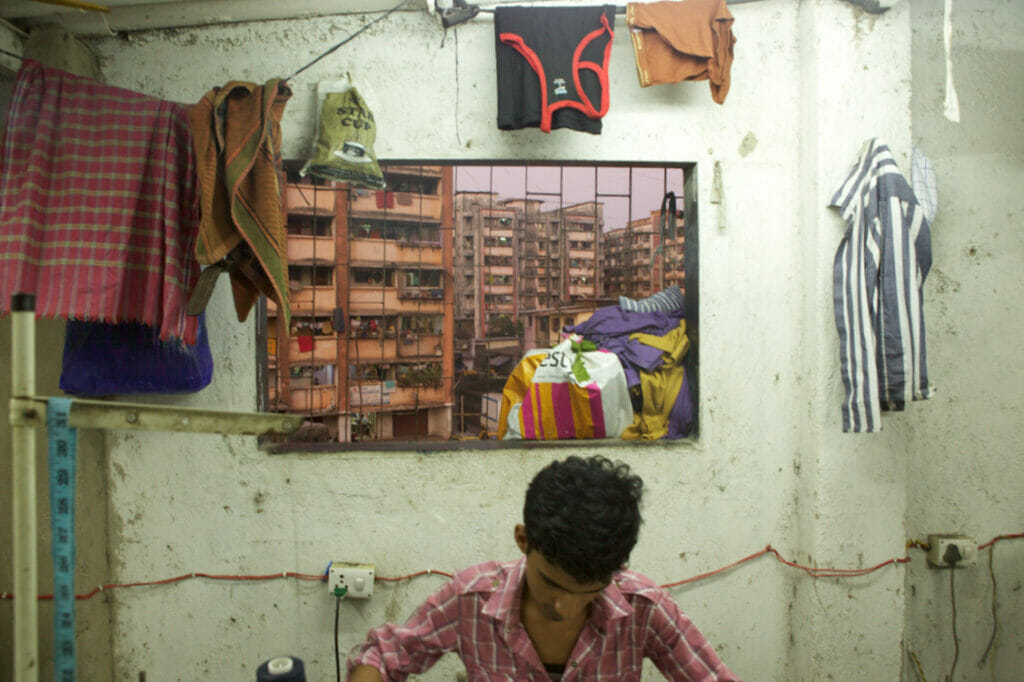
A history of attempts at redevelopment
Redevelopment has been on the cards for Dharavi for a long time – as far back as 1981. After decades of being a destination for the evicted and homeless, which went on to be formally declared a slum in 1971, the settlement is in evident need of improvement on various fronts. Something that the government, too, acknowledges.
Improvements did take place. Amenities were provided along the Sion-Mahim-Link roads; a Rs 30 crore fund was reserved for the area in 1985; 85 buildings for rehabilitation were constructed after the introduction of a scheme promising free housing to all slum dwellers by the Shiv Sena in 1995.
In its current form, however, redevelopment only began in 2004.
The Maharashtra government launched the Dharavi Redevelopment Project (DRP), running with a development plan by luxury architect Mukesh Mehta. Tenders were invited in 2007, and met by a healthy interest from companies, but the events that followed would set the tone for the next decade of attempts at redevelopment. The 2008 financial crisis and vociferous opposition from residents, NGOs and politicians led to the scrapping of the maiden attempt in 2009.
The attempts continued. Tenders were invited, extended and reinvited for parts of Dharavi, only to go unanswered. Referring to these attempts in a section on its background, the latest tender lists the deterrents against it: height restrictions for buildings due to the proximity of the airport, high density in the slums, non-eligibility of slum dwellers, industrial and commercial structures, etc. No amount of diluting the bid criteria and agreeing to the developers’ demands worked in the earlier attempts.
The government, once again, invited tenders for the redevelopment in 2018. The Dubai-based Seclink Technology Corporation (STC) won, with a bid of Rs 7,200 crore. But even this tender was scrapped in 2020, due to complications with the inclusion of the railway land abutting Dharavi.
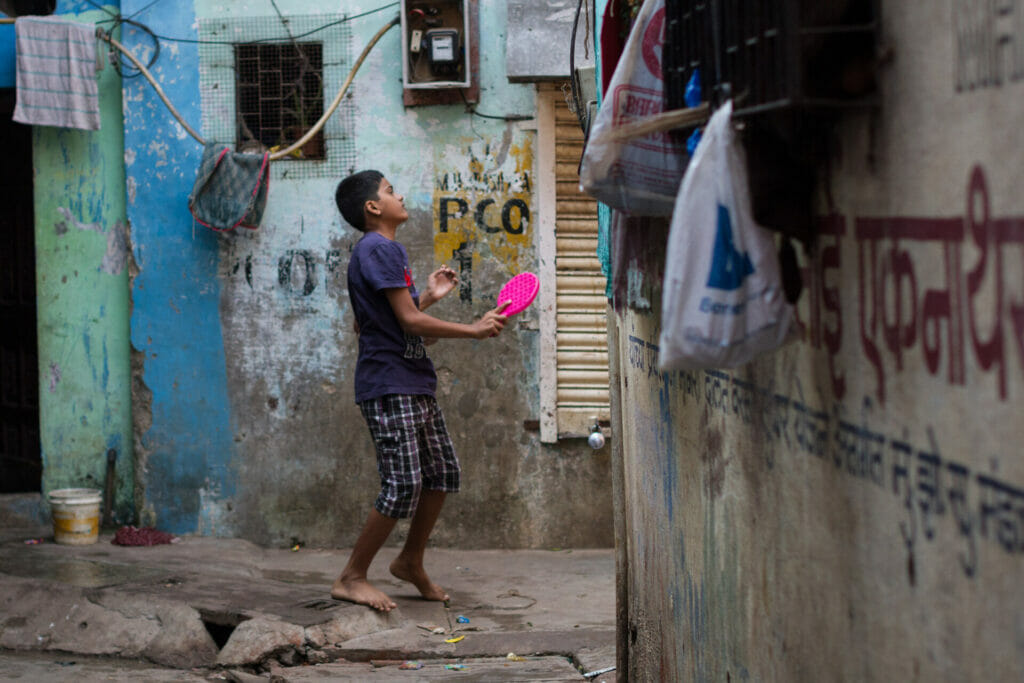
First steps towards redevelopment now
“The ecology of Dharavi will not stay the same,” says Aneerudha Paul, architect and urban designer. “But change should come from the people, not from above.”
The chances of that happening, however, look low.
“The first step will be the preparation of a detailed master plan,” says SVR Srinivas, the CEO of the Dharavi redevelopment project and metropolitan commissioner of the Mumbai Metropolitan Region Development Authority (MMRDA). “It will address three things. The rehabilitation of people and commercial establishments; social infrastructure, like open spaces, hospitals, schools, places of worship; and physical infrastructure, including water supply, electricity, roads, bridges, sewerage, etc.”
A rough development plan is already in place since 2016, when it was opened up to suggestions.
Unlike a typical slum redevelopment project, in which the developer is at the helm, a special purpose vehicle (SPV) will be formed. The Adani group will head it with an 80% stake, leaving the remaining 20% with the government. The chairman, Srinivas confirms, will be from the government.
The master plan will act as a springboard for communicating with the present residents, who, understandably, have many questions.
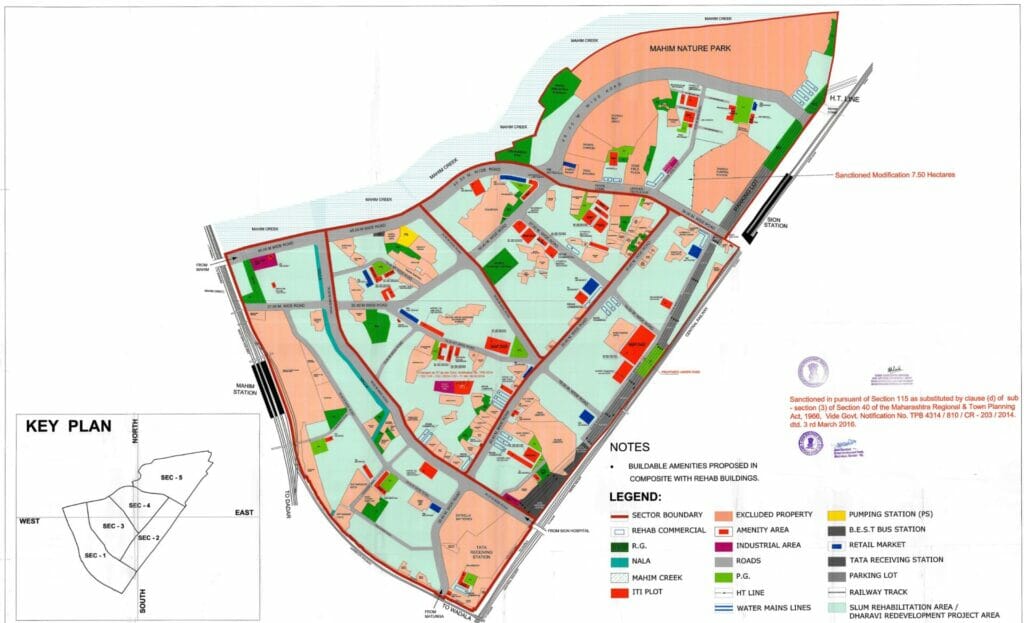
Rehabilitation and its discontents
Construction will begin simultaneously, but not on the densely occupied land in question. Instead, says Srinivas, 45 acres of land to the south of Dharavi is in the process of being acquired. Within seven years, buildings will come up to house the eligible slum dwellers. These residents will eventually be given houses measuring a minimum 350 sq ft. Non-slum residents, currently living in authorised buildings or chawls, will be eligible for 450 sq ft houses.
“There are some positives to the project,” says Aarohi Damle, a researcher who has worked on the Dharavi redevelopment project. “People living in informal settlements do want some formalisation, and the (prospect of a) bathroom, kitchen and bedroom add to the appeal.”
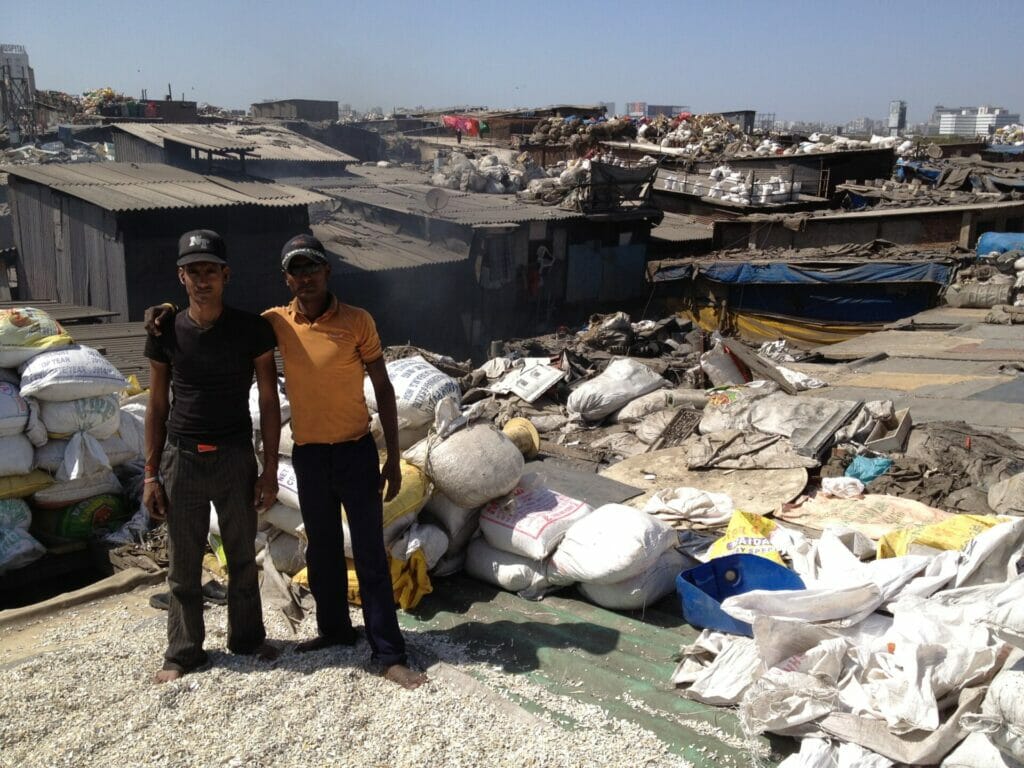
However, eligibility extends only to those living in Dharavi in ground floor houses with proof before Jan 1, 2000. “What if you’ve been living in Dharavi since January 2nd? You’ve also been living there since 22 years, making the cut off date arbitrary. This way they’re going to disregard a bigger chunk of the population,” says Aarohi.
According to a survey done in 2007-08, quoted in the tender, 49,643 slumdwellers and 9,522 non slum dwellers form the eligible part. “Apart from that, approximately 7 lakh people are residing on mezzanine and upper floors in slum structures, who are ineligible,” the tender continues.
The government has come up with a fix for those ineligible. Those living in Dharavi since 2000 and 2011 will be allowed to buy rehabilitation houses at construction cost. Those living there from after 2011 will be offered rental housing, under 10 km from Dharavi, under the affordable housing PMAY scheme, and eventually be allowed to buy them.
Inevitably, this will also have the effect of increasing density in the area used for rehabilitation. “Half the area will be sold in the market, the other half being used to rehouse the qualifying residents. There’s just not enough land to provide facilities for everyone,” says Smita Singh, an urban planner.
Both Shirish Patel, a veteran urban planner, and Smita predict that residents will drain out of the area, preferring to sell the houses given to them for slums elsewhere, even at the expense of longer commutes. “The people you are seeking to rehouse will not stay,” says Smita.
Read more: Residents of Dharavi remain clueless, anxious about redevelopment plans

Business and industry
Apart from being a people’s habitat with a population density of nearly 3 lakh per square kilometre, Dharavi is well known as a business hub to many industries, namely, leather, pottery, garment, plastic and recycling. While these businesses and commercial establishments have the promise of rehabilitation, they will not be offered the luxury of space.
To make the transition easier, the government will reimburse the state GST they pay at the end of the year for five years. To further improve them, they will also be offered subsidies to switch to lesser polluting machinery, especially the leather and pottery industries.
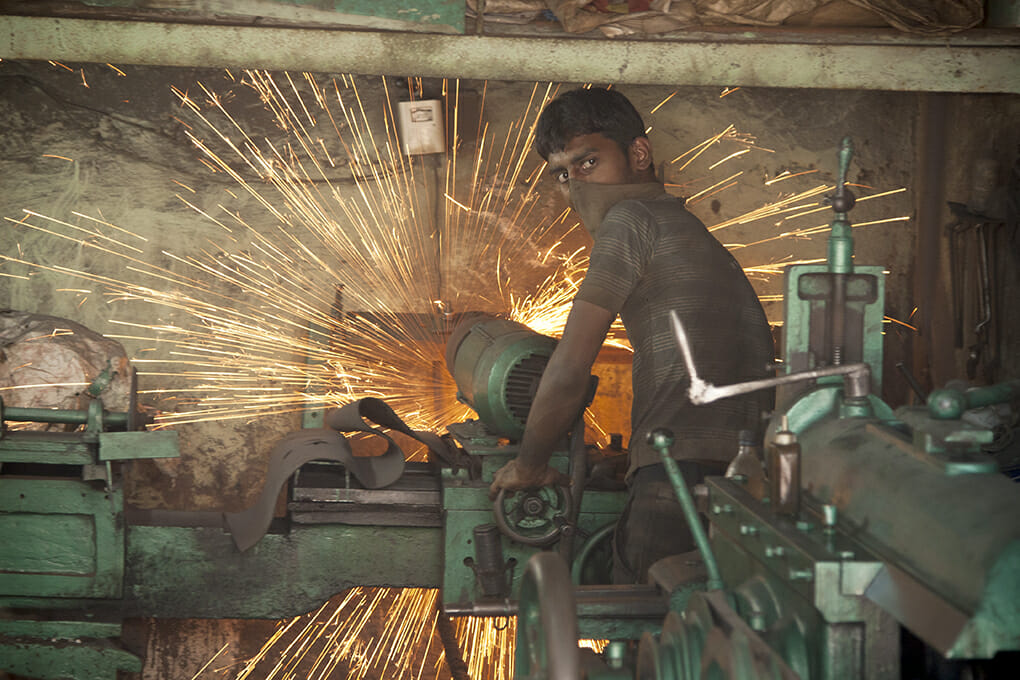
But while these might allay some fears, Dharavi is not that easily divided into work and home. 80% of Dharavi is a hybrid of residential and workspace.
“A lot of the end-of-line work for global supply chains happens in Dharavi, within homes,” says Aarohi. “Home-based work is rarely confined to the home; people use the footpath and open space outside to dry papads, pottery, etc. What happens when you move a horizontal settlement into a vertical settlement?”
“Verticality does not suit these ground-based activities,” concurs Smita. The probable end result is the loss of livelihoods.
With the hold of the informal economy waning, there will be even less of a reason for the residents to continue to stay.
Concessions for businesses and industries
- To compensate for the any loss in earning during construction, the state government will reimburse the state GST paid by businesses and commercial establishments in Dharavi for five years.
- Businesses and industries will also receive government assistance to move towards less-polluting equipment/tools.
Profit vs the people
In 2014, UDRI held a global design competition, ‘Reinventing Dharavi‘, inviting ideas for alternatives to redevelopment. Bids for the DRP were going through a dry spell, with the mounting complexity of the locality keeping suitors away. But it was also this lull that gave rise to inclusive and imaginative possibilities.
Smita’s team were runners-up in the competition. “Our idea was of a community-based infrastructure trust, where the land is an asset shared by all the residents. They would be able to borrow money for infrastructure improvements or self-improvement, including their own business,” she explains. Aside from larger projects like sewer lines and stormwater drains, this would steer development in an incremental, self-determined manner – for the people, by the people.

The roadblock for such an idea, considering the context of a charging redevelopment deal, is that it is not conducive to profit. “Redevelopment is nothing but a financial decision,” says Smita, laying the blame on the faulty slum redevelopment model at the root. “A third party – a developer – is cross-subsidising better housing with profit.”
The model is not sustainable, says Shirish. “The cost of constructing the free rehabilitation houses has to be covered by the free sale component – houses sold at profit. But there’s no evidence to suggest that there is a market for those houses. Nobody has considered whether they will sell.” There already is a large stock of vacant housing waiting for buyers in Mumbai, he adds.
In the glass-covered offices of BKC, the thought that the Rs 23,000 crore redevelopment project will not be profitable, does not appear to be much of a concern though. The government of Maharashtra is investing Rs 100 crore as equity, says Srinivas, as he gestures to the dwarfed locality visible in the distance from his window, and will profit from it too.